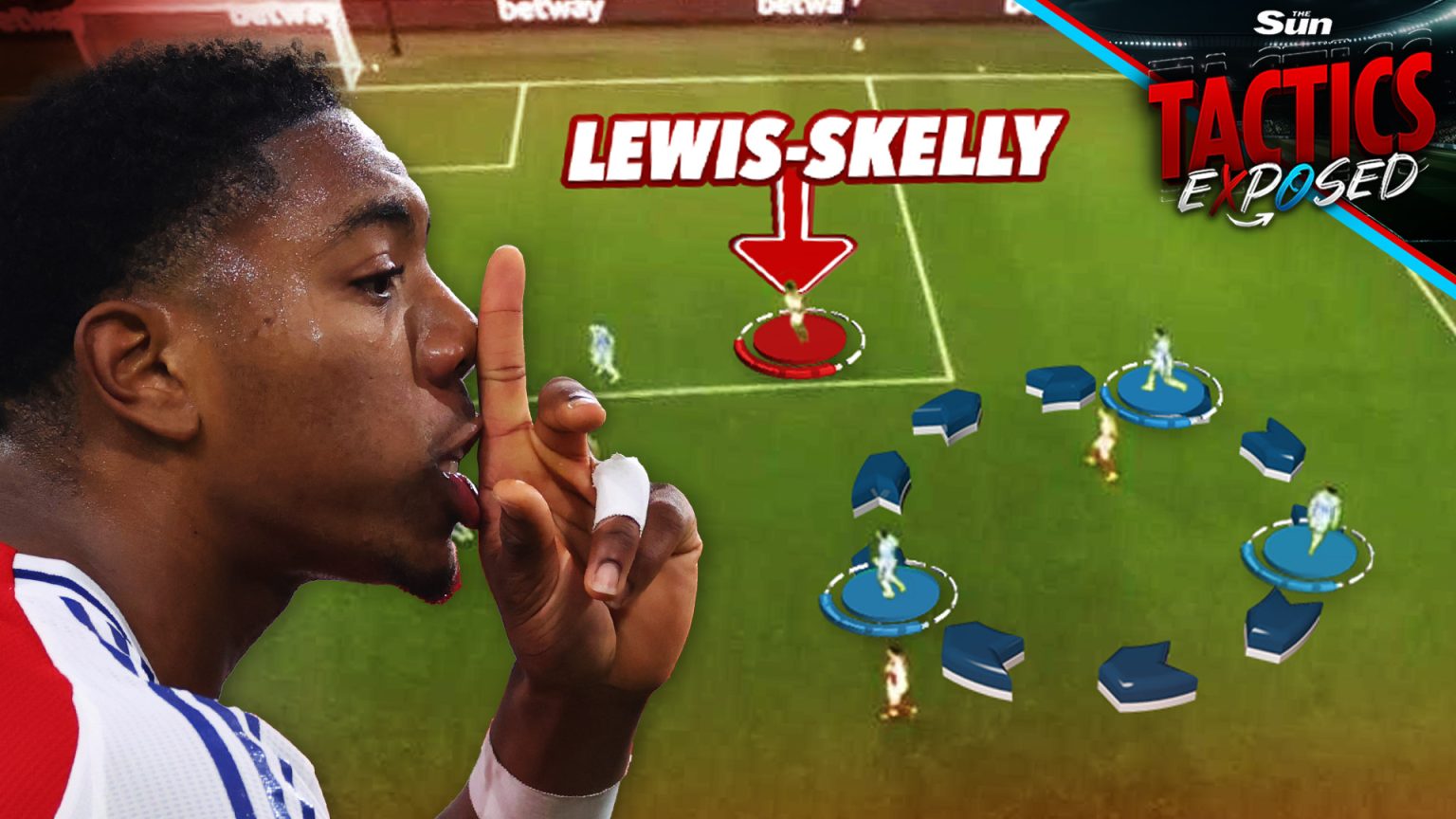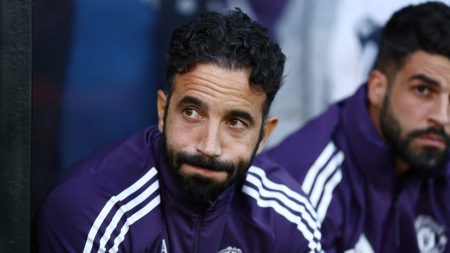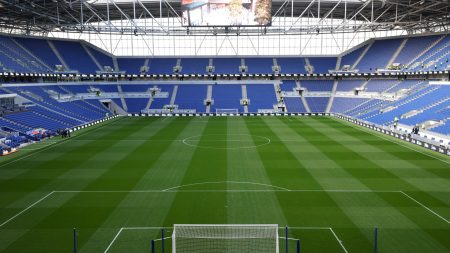Arsenal’s Tactical Triumph in the North London Derby
Arsenal’s 2-1 victory against Tottenham in the recent North London derby showcased a blend of youthful exuberance, tactical mastery, and individual brilliance. While the scoreline suggests a closely fought contest, Arsenal’s control of the game, particularly in the second half, highlighted the effectiveness of Mikel Arteta’s strategic approach. The match became a testament to the Gunners’ evolution under Arteta, demonstrating their ability to adapt and counter the opposition’s tactics.
At the heart of Arsenal’s success was 18-year-old Myles Lewis-Skelly, whose performance belied his age and relative inexperience. Deployed in an inverted full-back role, Lewis-Skelly showcased exceptional composure and tactical awareness. His astute positioning and ball-carrying ability disrupted Tottenham’s defensive structure, while his defensive diligence effectively neutralized the threat of Dejan Kulusevski. Lewis-Skelly’s performance mirrored the fearless displays of Arsenal legends like Jack Wilshere and Aaron Ramsey, further cementing his status as a rising star.
Declan Rice, Arsenal’s record signing, also delivered a commanding performance in midfield. His tireless running, both in defense and attack, disrupted Tottenham’s flow and created opportunities for his teammates. Rice’s presence allowed Arsenal to control the midfield battle, effectively stifling Tottenham’s attempts to build attacks. His performance underscored his value as a complete midfielder, capable of contributing in all phases of the game.
Arteta’s tactical adjustments proved crucial in dismantling Tottenham’s "Ange-ball" system. Recognizing the rigid structure of Tottenham’s approach, Arsenal implemented a targeted plan to disrupt their build-up play. Rice and Martin Odegaard diligently tracked the runs of Tottenham’s inside forwards, while Raheem Sterling and Leandro Trossard provided defensive cover. This disciplined approach forced Tottenham to rush their attacks, limiting their effectiveness and creating opportunities for Arsenal on the counter.
Furthermore, Arsenal’s pressing strategy underwent a subtle yet significant shift. Instead of their usual 4-4-2 pressing structure, Arteta opted for a 4-3-3 press, with Trossard tasked with tracking Pedro Porro’s inverted runs. This adjustment allowed Arsenal’s front three to effectively press Tottenham’s backline, preventing them from playing out from the back and neutralizing one of their key attacking weapons. This tactical tweak showcased Arteta’s adaptability and his ability to tailor his approach based on the opposition’s strengths.
Arsenal’s dominance in set pieces, a hallmark of their play under Arteta, continued in this match. Despite Tottenham’s attempts to counter Arsenal’s set-piece prowess, the Gunners’ well-drilled routines and aerial dominance proved decisive. Gabriel Magalhaes’ presence in the box forced an own goal from Dominic Solanke, highlighting the effectiveness of Arsenal’s set-piece strategy.
Individual performances also played a crucial role in Arsenal’s victory. Leandro Trossard’s well-taken goal just before half-time proved to be the winner, showcasing his ability to contribute in crucial moments. While other players, such as Kai Havertz and Raheem Sterling, had less impactful performances, the collective effort and tactical discipline of the team ensured Arsenal’s victory.
In conclusion, Arsenal’s victory against Tottenham was a testament to their tactical evolution under Mikel Arteta. The emergence of young talents like Myles Lewis-Skelly, combined with the established quality of players like Declan Rice, and Arteta’s tactical acumen, paints a promising picture for the Gunners’ future. The match showcased Arsenal’s ability to adapt and overcome challenges, solidifying their position as a title contender. While individual brilliance played a role, it was the collective effort and tactical discipline that ultimately secured the victory, highlighting the growing maturity and cohesion within the Arsenal squad.











